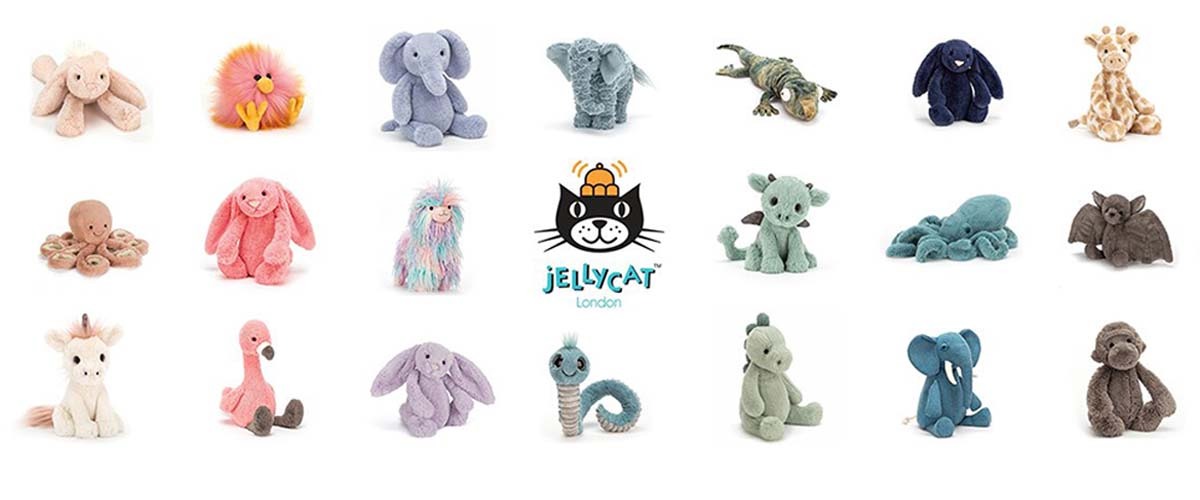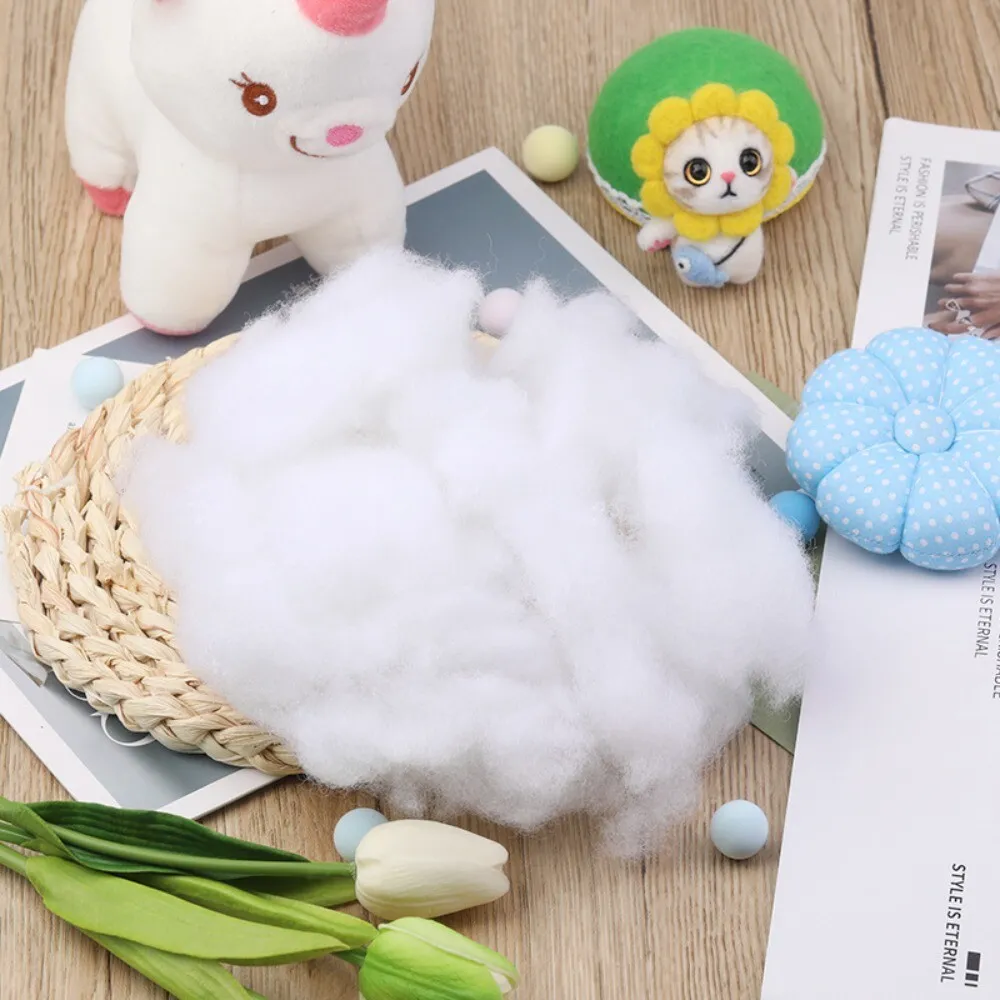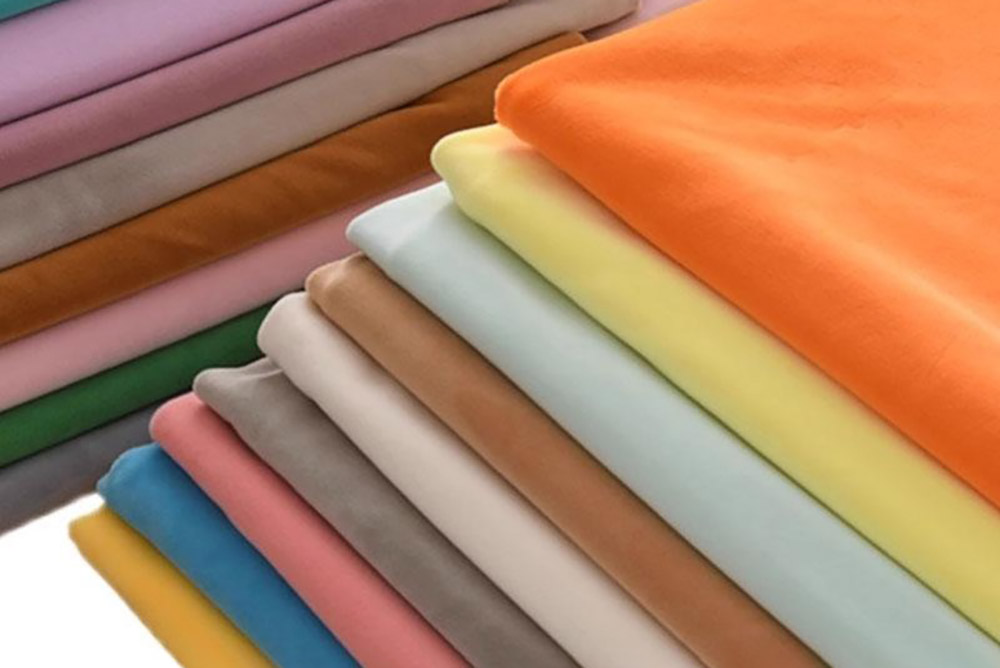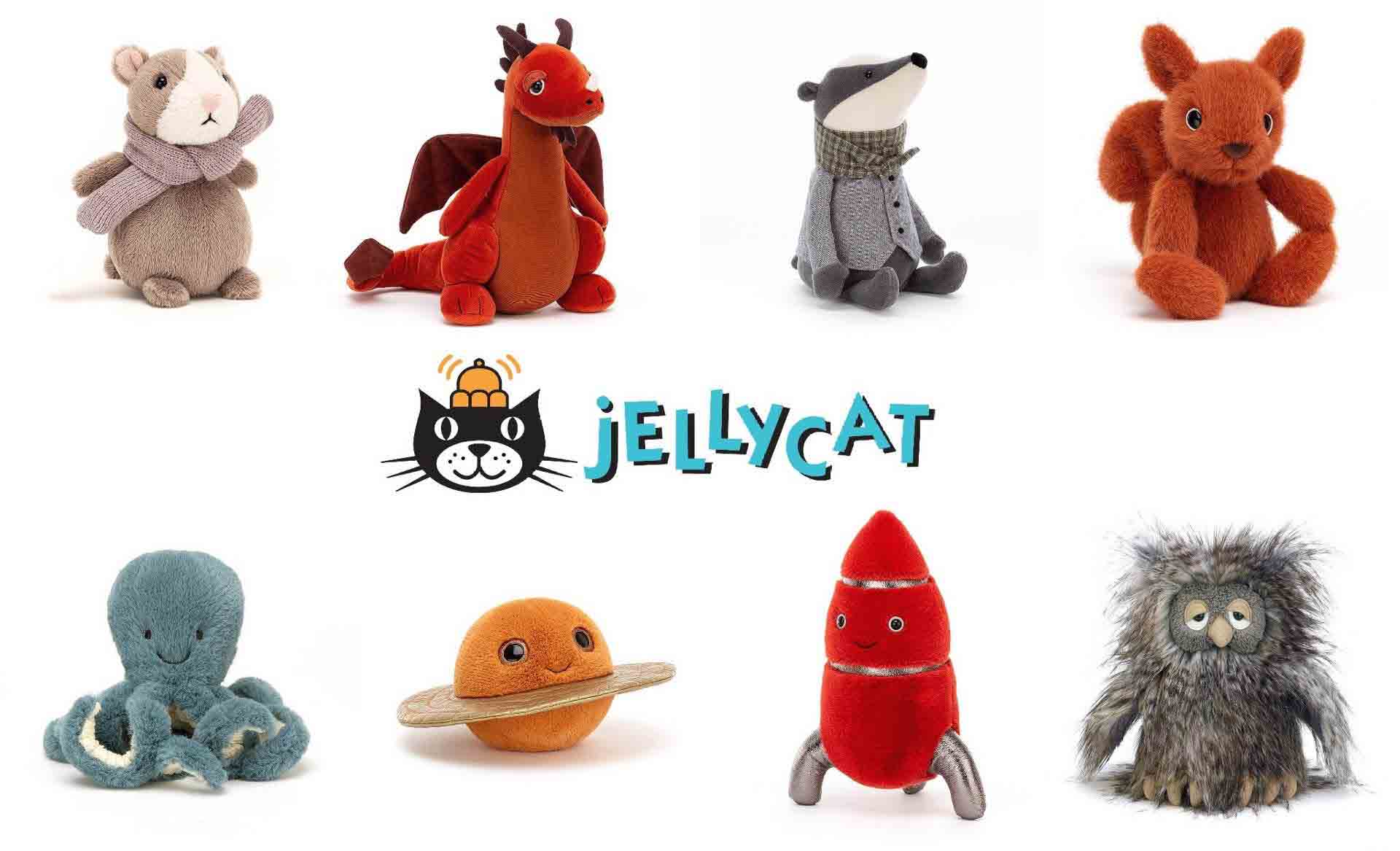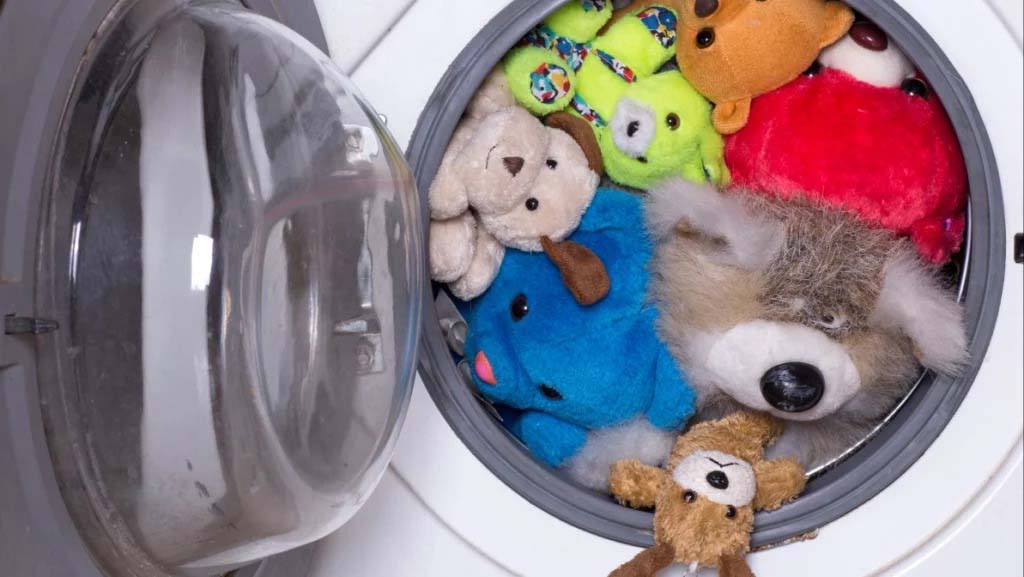Stuffed animals for newborns must be designed with softness, safety, and practicality in mind. Parents look for comfort, while buyers must ensure compliance and quality.
The best stuffed animals for newborns feature soft hypoallergenic fabrics, safe stuffing, lightweight design, embroidered details, washability, and soothing features. These factors ensure comfort, safety, and easy care. For B2B buyers, choosing the right newborn plush guarantees product safety certifications, strong consumer trust, and reduced return risks.
Let’s examine each essential factor in detail so you can select newborn plush toys that meet safety, quality, and market expectations.
1) Soft and Hypoallergenic Fabrics – Why Are They Essential for Newborn Toys?

Parents expect gentle fabrics that protect newborn skin.
Hypoallergenic fabrics such as organic cotton, bamboo blends, or premium short plush prevent irritation and reduce allergy risks. They are breathable, soft, and durable, making them the first choice for infant products. Buyers sourcing newborn plush must confirm fabric certifications like OEKO-TEX or GOTS.
Newborns have sensitive skin, which reacts quickly to harsh materials. Using hypoallergenic fabrics helps prevent rashes, redness, or itching. Organic cotton is particularly valued because it is pesticide-free, breathable, and naturally soft. Bamboo blends are also popular for their silky touch and antibacterial properties. Premium short plush or minky can be used if certified safe, providing extra softness for cuddle comfort.
For buyers, fabric choice is critical not only for user comfort but also for regulatory compliance. In Europe and the US, infant products must be free from harmful chemicals such as azo dyes and formaldehyde. Hypoallergenic certifications (OEKO-TEX Standard 100, GOTS) are often required by retailers, and having these in place makes your product easier to list in baby specialty stores or large retail chains.
Fabric durability is also a key factor. Parents wash newborn plush frequently to maintain hygiene. Fabrics should maintain softness even after repeated washing. Factories perform wash tests to confirm that fabrics do not shrink, fade, or lose their soft touch. Buyers should request wash-test reports to verify long-term quality.
For eco-conscious consumers, fabrics like organic cotton or recycled polyester add value to the product. These materials not only appeal to parents but also strengthen brand positioning in sustainable markets.
| Fabric Type | Feature | Buyer Advantage |
| Organic cotton | Pesticide-free, breathable, hypoallergenic | Safe, trusted for newborns |
| Bamboo blend | Soft, antibacterial, eco-friendly | Adds premium positioning |
| Premium short plush | Silky, dense, certified safe | High comfort, durable after washes |
| Recycled polyester | Sustainable and safe options | Eco branding support |
Once fabrics are safe and gentle, the next priority is the stuffing material inside the plush.
2) Safe Stuffing Materials – How Do They Protect Newborns?

The filling defines softness, safety, and comfort.
Safe stuffing materials for newborn plush toys include polyester fiberfill, organic cotton filling, or corn fiber. These options are lightweight, breathable, and non-toxic. For safety, stuffing must pass flammability and chemical tests, ensuring no harmful residues are present.
Stuffing directly impacts how newborn plush feels to the touch. Polyester fiberfill is the most widely used because it is lightweight, washable, and hypoallergenic when certified. For higher-end markets, organic cotton filling or corn fiber is chosen for its natural composition and sustainability. These natural fillings help brands appeal to eco-conscious parents while meeting strict safety expectations.
From a safety standpoint, stuffing must not contain sharp particles, loose fibers, or chemical residues. In production, fiberfill undergoes carding to create consistent fluff, reducing clumps and ensuring even softness. Buyers should ensure factories source stuffing from certified suppliers and run safety tests, including EN71 and ASTM flammability checks.
Washability is another factor. Newborn toys are often machine-washed or hand-washed. Stuffing must retain loft and softness after drying. Polyester fiberfill holds shape well, while organic cotton filling may compress more but appeals to parents who prefer natural materials. Corn fiber is both biodegradable and naturally hypoallergenic, making it a strong eco option.
Internal compartments may be added in certain designs to keep stuffing evenly distributed. This is especially important for plush toys with unique shapes or embroidered details. Reinforced stitching prevents stuffing from leaking, ensuring long-term durability.
| Stuffing Material | Feature | Buyer Advantage |
| Polyester fiberfill | Soft, washable, hypoallergenic | Affordable, versatile, safe |
| Organic cotton | Natural, breathable, eco-friendly | Premium and eco-conscious appeal |
| Corn fiber | Biodegradable, hypoallergenic | Supports sustainable branding |
| Compartment design | Even distribution of stuffing | Improves durability and comfort |
Beyond fabrics and fillings, newborn toys must also be lightweight and easy for tiny hands to hold.
3) Small and Lightweight Design – Why Does Size Matter for Newborns?

Size and weight directly affect newborn usability.
The best stuffed animals for newborns are under 25 cm in height and weigh less than 200 grams. This ensures they are easy to hold, safe for cuddling, and suitable for supervised play. Lightweight design reduces risks of suffocation or strain.
Newborns cannot handle heavy or oversized toys. For safety and comfort, plush toys must be compact, usually palm-sized, and very light. A toy larger than 25 cm or heavier than 200 g could overwhelm a baby, creating risks during sleep or play. Smaller designs encourage babies to grasp, cuddle, and explore safely under parental supervision.
Manufacturers design newborn plush with minimal stuffing and smaller components to maintain a feather-light weight. Soft structures with no rigid parts are essential. For example, plush rattles or small comforters integrate lightweight design with sensory features.
Lightweight plush toys also travel easily, fitting into diaper bags and strollers. Parents appreciate the convenience of carrying these toys for soothing during outings. This adds to the product’s market value, as portability is often highlighted in e-commerce listings and retail packaging.
Buyers should ensure factories measure both size and weight during sampling and QC. Standards for newborn safety often limit toy size and density to avoid suffocation risks. Factories perform small parts testing and risk assessments to meet EN71 and ASTM regulations.
Lightweight design also lowers shipping costs for bulk buyers, improving overall margins. Small plush toys occupy less carton space, enabling more units per shipment and reducing per-unit logistics expenses.
| Feature | Specification | Buyer Advantage |
| Height | Under 25 cm | Easy for babies to hold |
| Weight | Under 200 g | Safe, portable, low suffocation risk |
| Structure | Soft, no rigid parts | Safe for cuddling and play |
| Market appeal | Compact and portable | Easy for parents to carry |
While size is important, details such as eyes, noses, and decorations must also be safe.
4) Embroidered Details Instead of Plastic Parts – How Do They Improve Safety?

Plastic parts can pose choking hazards.
For newborn stuffed animals, embroidered eyes, noses, and decorations are the safest choice. Embroidery avoids detachable parts and creates durable, baby-friendly finishes. Buyers should avoid buttons, beads, or glued features.
Choking is one of the highest risks for infants. Any small plastic eyes, beads, or noses can detach under stress, creating serious hazards. This is why most newborn plush toys replace plastic parts with embroidery. Embroidered details are sewn directly into the fabric, making them secure and long-lasting.
The embroidery process allows creative flexibility. Factories can design simple stitched eyes, detailed noses, or even small patterns without compromising safety. Buyers benefit from reduced risks, as embroidered features easily pass tension and pull tests required under EN71 and ASTM safety standards.
Parents also value the aesthetic of embroidered plush. The designs look soft and gentle, matching the overall feel of newborn products. Unlike plastic eyes that may appear sharp or glossy, embroidery blends naturally into the plush body.
From a production standpoint, embroidery requires precise machinery and stable fabrics. Factories with multi-head embroidery machines ensure consistency across mass production. Buyers should confirm embroidery quality during sampling and request pull-test results to verify safety.
Embroidered details also support brand customization. Logos, initials, or unique symbols can be stitched into plush toys to create a branded newborn collection. This adds differentiation and increases market value without additional trims or components.
| Detail Type | Feature | Buyer Advantage |
| Embroidered eyes | Secure stitching, no detachable parts | Eliminates choking hazards |
| Embroidered noses | Durable and baby-friendly | Meets safety test requirements |
| Custom embroidery | Logos, initials, patterns | Creates branded newborn ranges |
| No plastic parts | Avoids beads, buttons, glued features | Ensures compliance in major markets |
Once toys are safely designed, they must also be easy to clean and maintain.
5) Easy to Clean and Washable – Why Is Washability Non-Negotiable?

Parents wash newborn plush frequently.
Washable stuffed animals reduce bacteria and allergen risks. The best newborn plush toys are machine washable, quick-drying, and resistant to shape loss. Buyers should confirm wash-test results before bulk production.
Newborn plush toys require constant cleaning. Babies drool, spill, and chew on toys during play, which makes washability critical. Parents prefer toys that can be machine washed at low or medium temperatures without losing softness, shape, or safety features.
Fabrics like organic cotton and certified polyester blends hold up well in repeated washes. Stuffing should remain fluffy and resilient, avoiding clumping or compression. Embroidered details further simplify washing because there are no small parts or glued accessories to detach.
Factories test plush toys under multiple wash cycles, confirming that colors remain stable and fabrics do not shrink. Buyers should ask for wash-test reports before confirming orders. A toy that fails to maintain its quality after washing can lead to high return rates and poor online reviews.
Quick-drying fabrics are also preferred. Parents value plush toys that air dry overnight or tumble dry on low heat. This ensures hygiene and convenience, especially for toys in daily use.
For retailers, highlighting “machine washable” on packaging or product descriptions is a strong selling point. It reassures parents and positions the toy as practical and safe.
| Washability Factor | Requirement | Buyer Advantage |
| Fabric durability | Withstands multiple wash cycles | Reduces complaints and returns |
| Stuffing resilience | No clumping or compression | Maintains plush softness |
| Embroidery details | No detachment or fading | Ensures safety and hygiene |
| Drying performance | Quick-drying, low-heat compatible | Convenient for parents |
Finally, newborn plush toys should also include soothing features to comfort babies during rest or sleep.
6) Soothing and Comforting Features – What Enhances Baby Relaxation?

Plush toys should calm, not overstimulate.
The best newborn stuffed animals integrate soothing features like soft textures, gentle rattles, or calming colors. These help babies relax, improve sleep, and provide parents with a reliable comfort tool.
Newborns respond well to toys that create a sense of security. Soothing features in plush toys include ultra-soft textures, muted pastel colors, and gentle sounds like rattles or crinkle paper. These sensory elements engage babies without overstimulation.
For sleep routines, plush comforters or small stuffed animals with calming colors provide reassurance. Some toys incorporate lavender scent pouches or removable sound modules with lullabies, though these must follow strict safety standards for infants. Buyers should consider market preferences—while sound modules appeal to parents seeking multifunctional toys, fabric-only options remain most popular for newborns due to safety and washability.
Parents value plush toys that serve as consistent comfort companions. A soothing stuffed animal becomes part of daily routines, used during naps, travel, or bedtime. This increases customer satisfaction and encourages repeat purchases.
For sourcing, buyers should check factory capability in producing plush with sensory add-ons. Rattles, crinkle paper, or sewn-in tags require specific QC checks to ensure durability. Certifications must cover both fabrics and additional features to pass safety audits.
| Soothing Feature | Example | Buyer Advantage |
| Soft textures | Ultra-soft fabrics, minky, cotton blends | Improves comfort and sleep quality |
| Gentle sounds | Rattles, crinkle paper | Adds sensory engagement |
| Calming colors | Pastels and neutrals | Matches nursery décor trends |
| Aromatherapy option | Lavender pouch (optional) | Expands premium product category |
With all key features understood, let’s summarize why safe and practical newborn stuffed animals are critical for buyers and parents.
The best stuffed animals for newborns must combine hypoallergenic fabrics, safe stuffing, lightweight size, embroidered details, washability, and soothing features. These factors guarantee safety, comfort, and long-term consumer trust.
For B2B buyers, sourcing newborn plush toys from certified manufacturers like Kinwin ensures compliance with CE, ASTM, and EN71 standards while delivering customization and scalability. By offering designs tailored for newborn needs, you build strong brand credibility and meet market demand effectively.
Contact Amanda at [[email protected]] or visit https://kinwintoys.com/ to explore newborn plush options. Our team provides design support, certified materials, and global delivery to help you grow in the baby product market.


